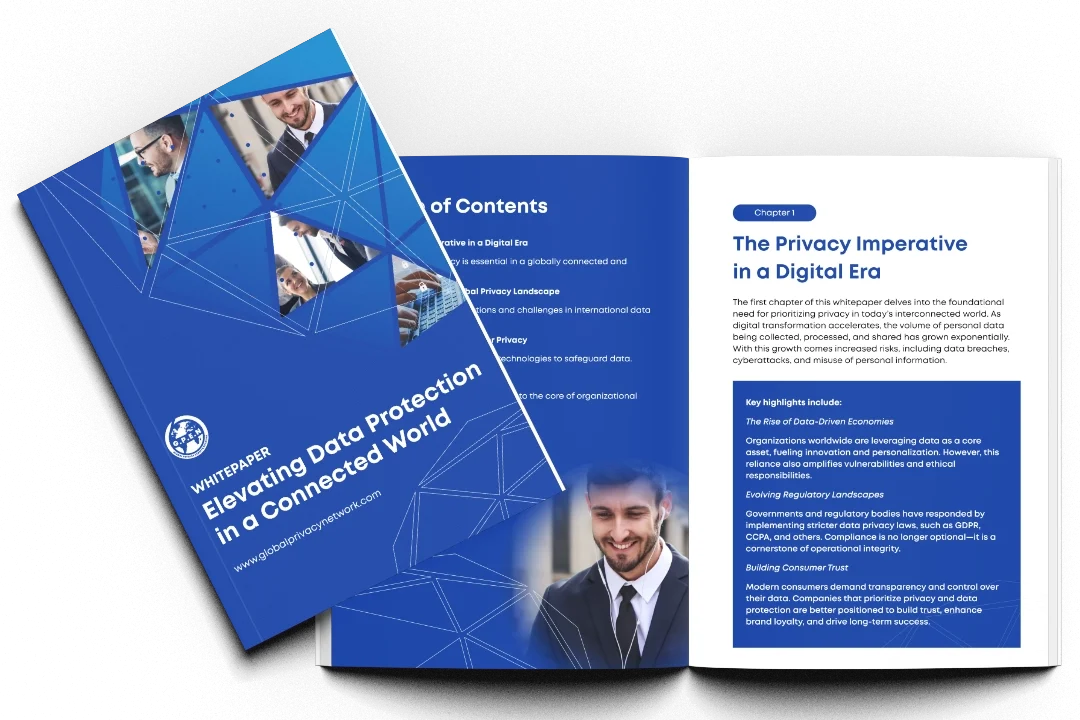What Is Pseudo-Anonymization in Data Privacy?
Pseudo-anonymization is the process of transforming personal data so that it cannot be attributed to a specific individual without the use of additional information. Unlike full anonymization, pseudo-anonymized data can be re-identified if necessary, making it useful for various business and regulatory purposes while reducing privacy risks.
How Pseudo-Anonymization Differs from Anonymization
- Anonymization: Completely removes identifiable data, making re-identification impossible.
- Pseudo-Anonymization: Masks identifiable data but allows re-identification with specific keys or additional datasets.
For example, replacing names with randomised identifiers in a database is a form of pseudo-anonymization.
Legal Frameworks Supporting Pseudo-Anonymization
- Under the GDPR, pseudo-anonymized data is not considered fully anonymous but provides added protection to mitigate data breaches.
- Regulations like HIPAA in healthcare also encourage the use of pseudo-anonymization for sensitive patient information.
How Pseudonymised Data Enhances Data Privacy
The use of pseudo-anonymization offers several advantages in maintaining data security and ensuring compliance with data protection laws. Below, we’ll explore its key contributions to data privacy.
1. Reduces Risks of Data Breaches
One of the primary benefits of pseudo-anonymization is its ability to minimise the impact of data breaches.
- Masked data ensures that even if a breach occurs, attackers cannot immediately link the data to specific individuals.
- This added layer of security significantly reduces the risk of identity theft and financial fraud.
2. Enables Secure Data Sharing
Pseudo-anonymization allows organisations to share data for research, analytics, or collaboration while protecting individual identities.
- For instance, in healthcare, pseudo-anonymized patient records can be used for clinical studies without compromising patient privacy.
- It provides a balance between utility and privacy, making it invaluable in sectors like finance, technology, and education.
3. Ensures Compliance with Data Privacy Laws
With global data protection regulations becoming stricter, pseudo-anonymization helps organisations meet compliance requirements.
- GDPR specifically encourages Data Masking Techniques as a data protection measure under Article 32.
- It demonstrates a proactive approach to safeguarding user information, reducing potential fines and reputational damage.
Best Practices for Implementing Pseudonymization Compliance
To maximise its benefits, Pseudonymization Compliance must be implemented effectively. Here are some best practices for businesses and organisations.
1. Use Robust Algorithms for Data Masking
The effectiveness of pseudo-anonymization depends on the strength of the algorithms used.
- Employ techniques like tokenization, encryption, or hashing to mask sensitive data.
- Ensure that the keys for re-identification are securely stored and accessible only to authorised personnel.
2. Conduct Regular Data Privacy Audits
Periodic audits ensure that pseudo-anonymization measures remain effective and compliant.
- Evaluate the security of pseudo-anonymized datasets and their potential for re-identification.
- Update encryption and masking techniques to address evolving security threats.
3. Educate Employees on Data Privacy Protocols
Human error is a common cause of data breaches. Training employees on privacy best practices ensures better protection.
- Implement strict access controls for pseudo-anonymized data.
- Promote awareness of data protection laws and internal policies.
Real-World Applications of Anonymized and Pseudonymized Data
Pseudo-anonymization is widely used across various industries to protect sensitive data while maintaining its utility. Below are some key applications.
1. Healthcare Data Protection
- Pseudo-anonymized patient records facilitate research and analytics while safeguarding sensitive information.
- Ensures compliance with regulations like HIPAA, which mandate strict privacy controls for health data.
2. Financial Data Security
- Banks and financial institutions use pseudo-anonymization to secure transactional data.
- It enables secure sharing of insights for fraud detection and risk management.
3. Cloud-Based Data Processing
- Pseudo-anonymization helps organisations leverage cloud computing while mitigating privacy risks.
- Cloud service providers can process pseudo-anonymized data without accessing sensitive user details.
Why Pseudonymization Methods Matters in a Data-Driven World
As organisations collect and process increasing amounts of personal data, pseudo-anonymization has emerged as a critical tool for protecting user privacy. By reducing the risks of data breaches, enabling secure data sharing, and ensuring compliance with privacy regulations, it strikes a balance between data utility and security.
Incorporating pseudo-anonymization into your data protection strategy is no longer optional—it’s a necessity. From healthcare to finance, its applications are transforming how organisations handle sensitive information, ensuring that privacy remains a cornerstone of the digital age.


